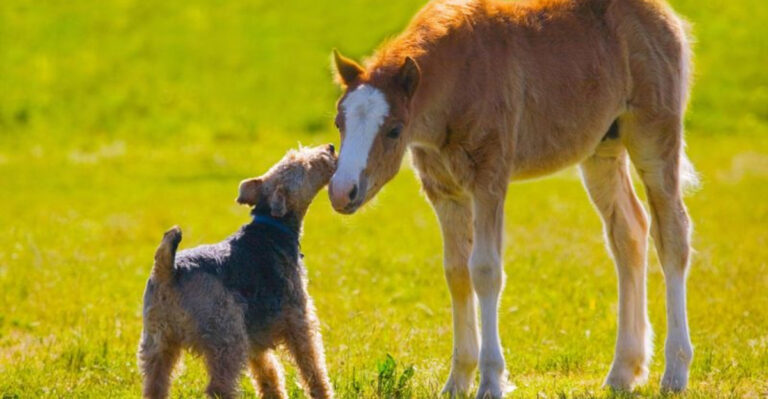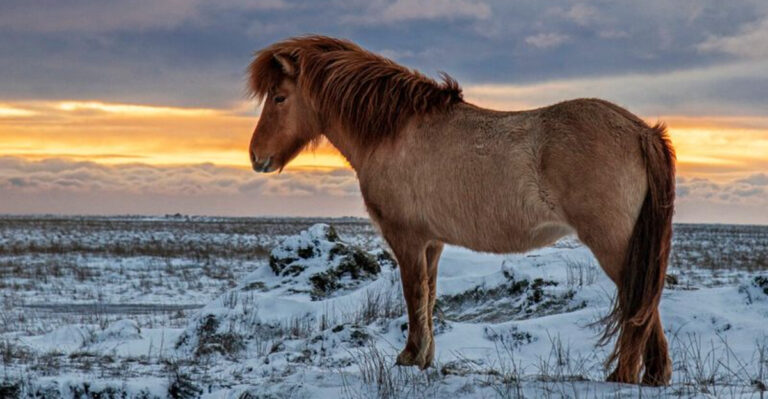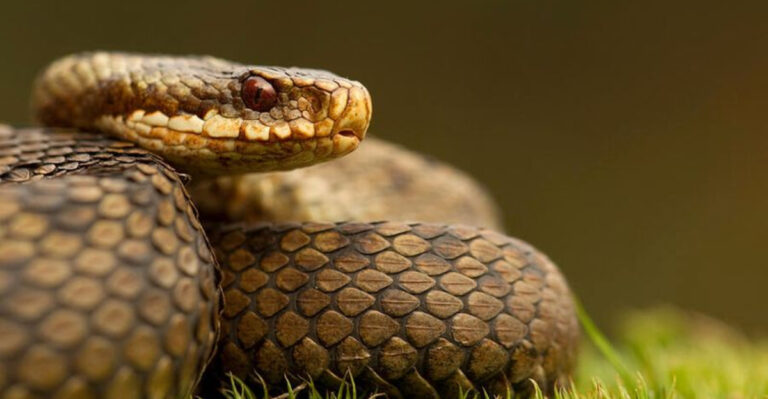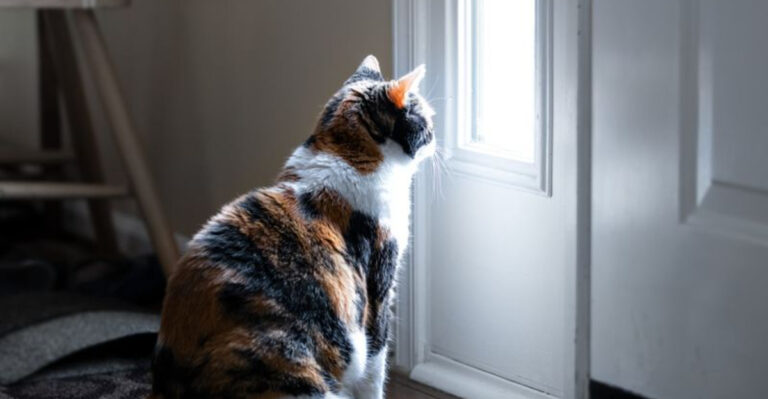Most Common Snakes You’ll Find In American Backyards
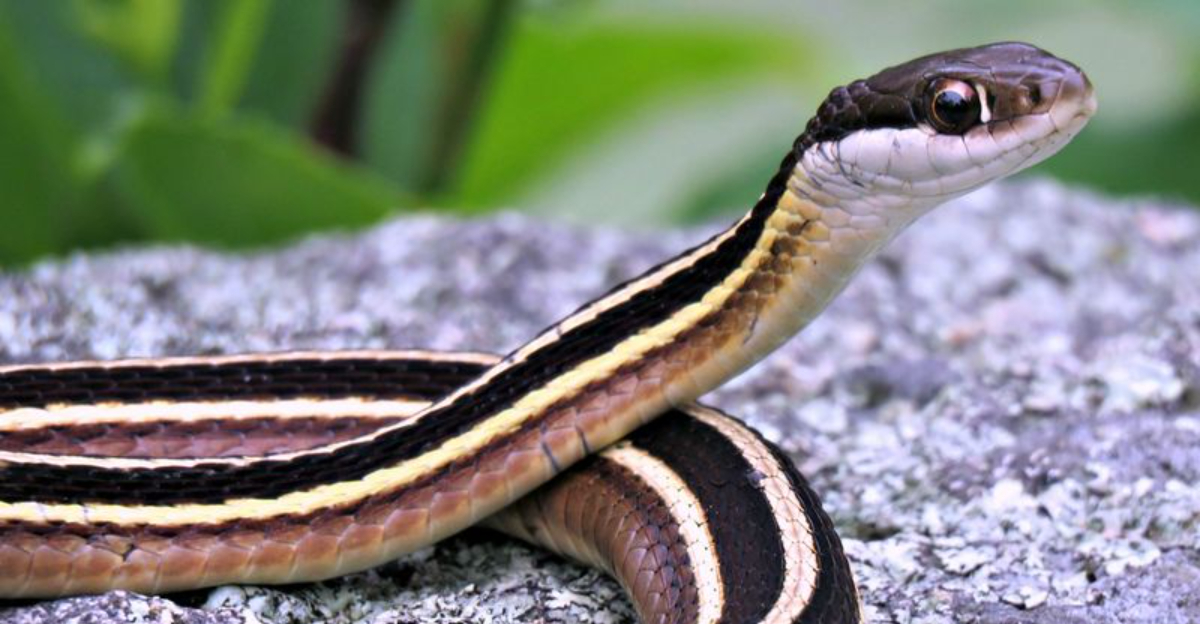
Ever wondered what’s slithering through your garden while you’re not looking? Snakes are actually common visitors to American yards, though they often go unnoticed.
Whether you’re curious or concerned about these reptilian neighbors, knowing which species are likely to visit can help you coexist peacefully with these important members of our ecosystem.
1. Garter Snake
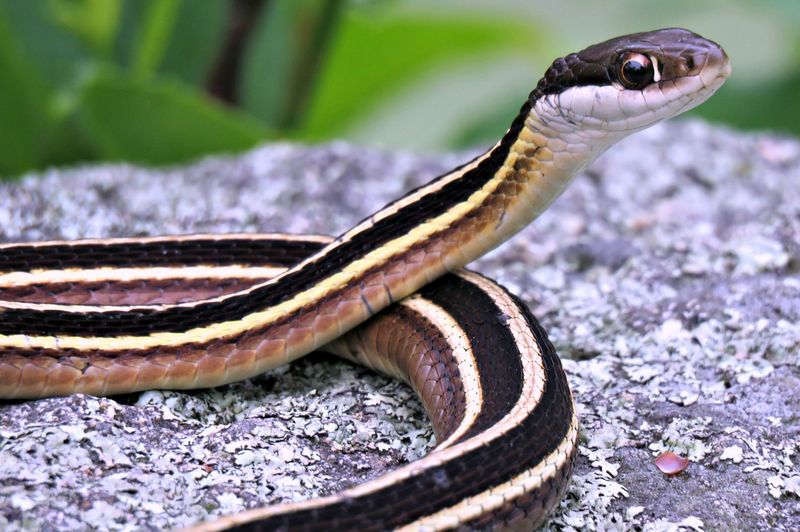
Quick and colorful, these striped garden helpers are probably your most frequent serpentine visitors. They typically sport yellow or white racing stripes running down their dark bodies.
Completely harmless to humans, garter snakes actually benefit your garden by munching on slugs, insects, and other pests. They’re also quite docile and rarely bite, even when handled.
2. Rat Snake
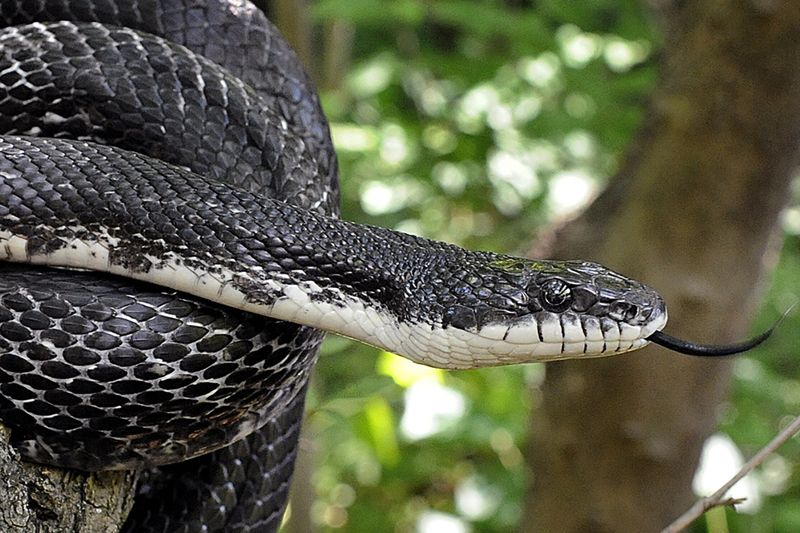
Masters of rodent control, these lengthy serpents can grow up to six feet long! Their coloration varies by region – black in the east, yellow with four stripes in the central states, and gray-patterned in the west.
Despite their intimidating size, rat snakes are non-venomous and typically shy away from human interaction. One rat snake can consume dozens of mice and rats annually, making them valuable allies for homeowners.
3. Ring-necked Snake
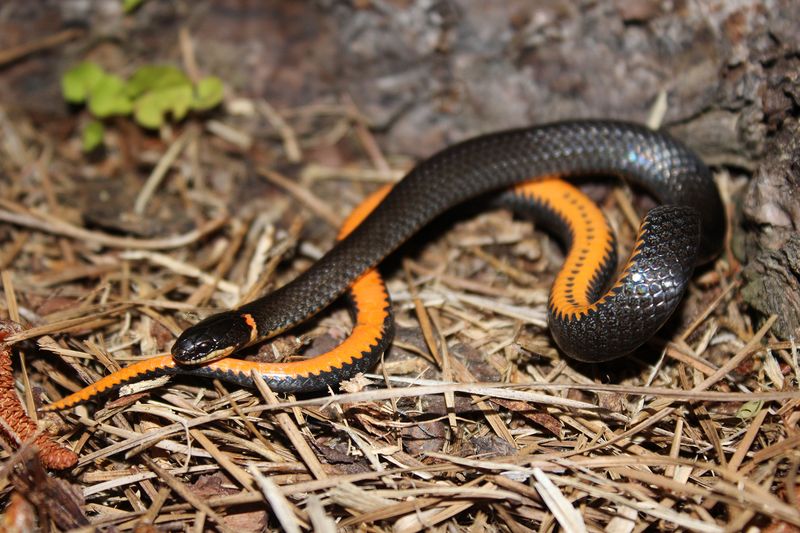
Tiny jewels of the snake world, these diminutive creatures rarely exceed 15 inches in length. Their dark upper bodies contrast beautifully with bright orange-yellow bellies and a distinctive ring around their necks.
Secretive by nature, you’ll usually find them hiding under rocks, logs, or leaf litter. They pose absolutely no threat to humans but are deadly predators to earthworms, salamanders, and other small creatures.
4. Gopher Snake
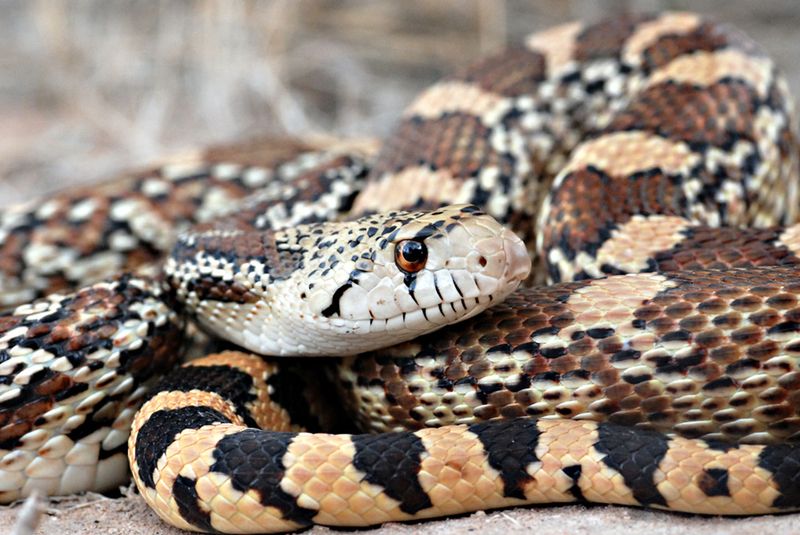
Frequently mistaken for rattlesnakes due to their similar patterns and defensive behavior, gopher snakes can save your garden from destructive rodents. When threatened, they’ll flatten their heads, hiss loudly, and even vibrate their tails against dry leaves.
Don’t be fooled by this impressive act – they’re non-venomous and incredibly beneficial. Their powerful constricting abilities make them excellent controllers of gophers, ground squirrels, and other burrowing pests.
5. Corn Snake
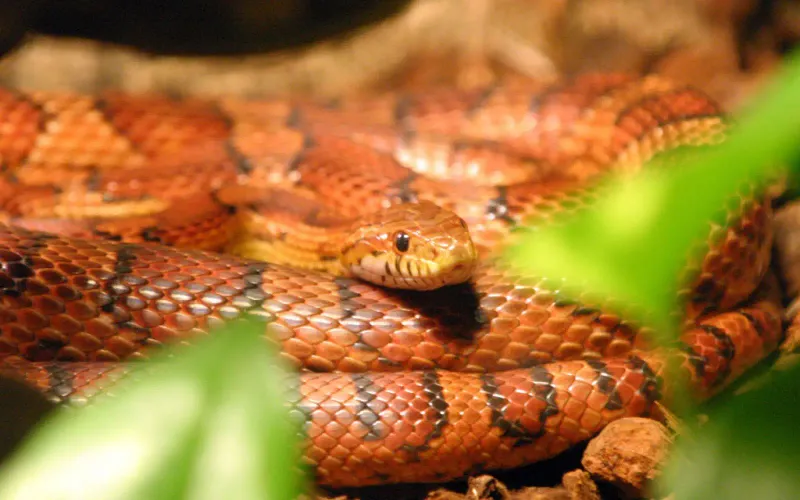
Sporting vibrant orange-red patterns with black borders on a light background, these striking reptiles are among America’s most beautiful backyard visitors. Their name comes from their habit of hunting mice in corn storage areas.
Gentle-natured and non-venomous, corn snakes are so docile they’ve become popular pets. In your yard, they’re valuable allies against rodent populations, hunting both on the ground and in trees or shrubs.
6. Ribbon Snake
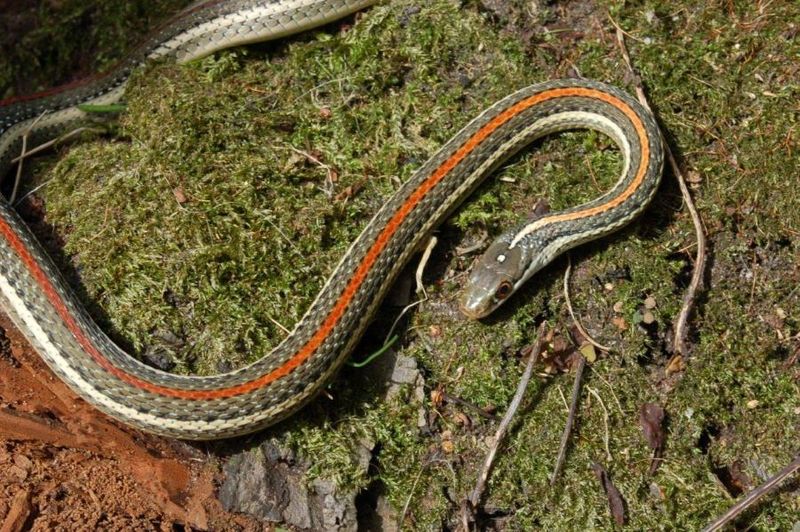
Imagine a sleeker, more aquatic version of the garter snake – that’s the ribbon snake! Their slender bodies feature three vivid yellow stripes against a dark background, and they have noticeably longer tails than their garter cousins.
Often found near water features, these graceful swimmers specialize in catching small fish, tadpoles, and frogs. If you have a backyard pond, you might spot one elegantly gliding across the water’s surface.
7. Hognose Snake
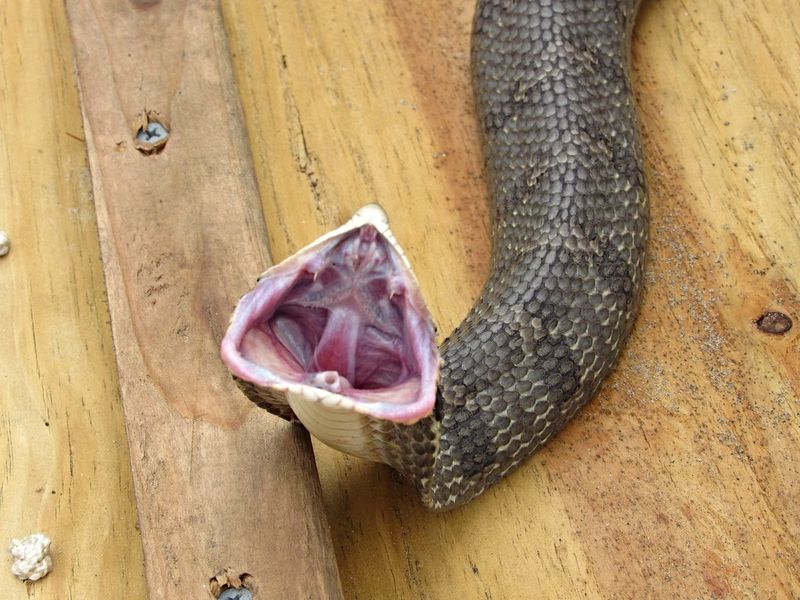
Famous for their dramatic defensive displays, these theatrical reptiles will flatten their necks like cobras and hiss loudly when startled. If that doesn’t work, they’ll roll over and play dead with remarkable commitment – complete with lolling tongue and sometimes even emitting a foul smell!
Despite the Oscar-worthy performance, hognose snakes are harmless to humans. Their upturned snouts help them dig for their favorite meal: toads.
8. Kingsnake
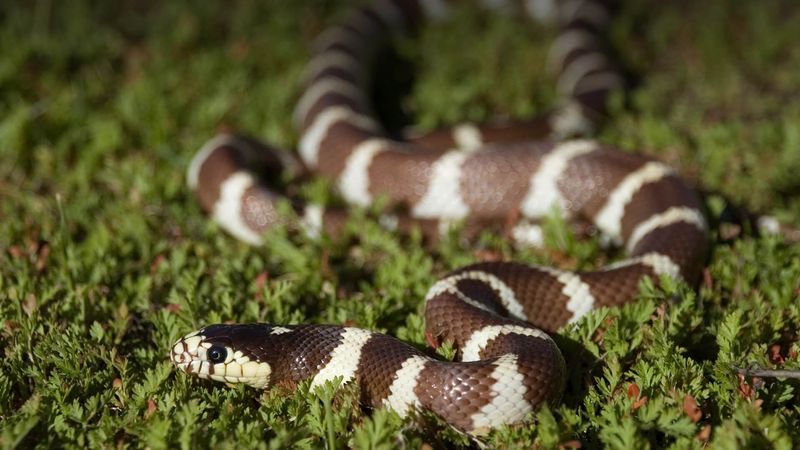
Royalty in the reptile world, these powerful constrictors earned their regal name by eating other snakes – including venomous ones! Their immunity to rattlesnake venom makes them natural controllers of more dangerous serpents.
Most kingsnakes feature striking patterns of bands or speckles. The eastern variety sports vibrant black and yellow bands, while California kingsnakes display elegant black and white patterns. Their presence usually indicates a healthy, balanced ecosystem.
9. Dekay’s Brownsnake
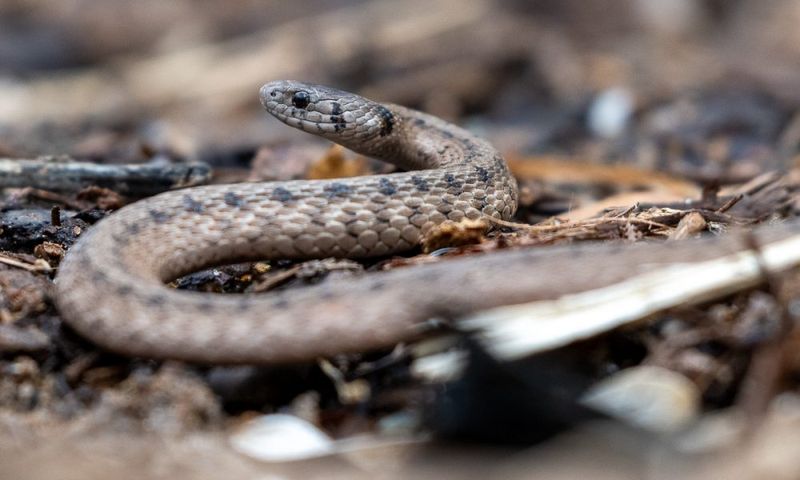
Small enough to be mistaken for a worm when young, these tiny snakes rarely grow beyond 12 inches. Their unassuming brown bodies feature subtle darker spots and a light stripe down the back.
Garden enthusiasts should welcome these miniature helpers with open arms. They feast primarily on slugs and snails – those persistent garden pests that damage your prized vegetables and flowers. Despite their small size, they can make a significant impact on pest populations.
10. Milk Snake
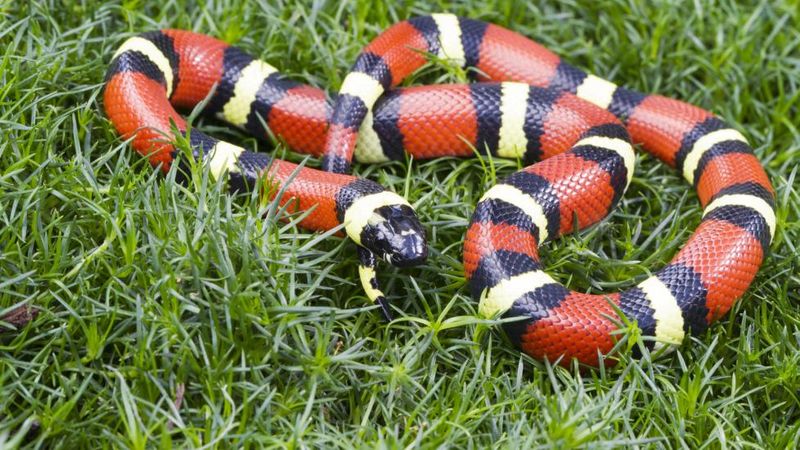
Sporting vibrant red, black, and yellow (or white) bands, milk snakes are living works of art in your garden. Their coloration mimics the venomous coral snake – a classic case of defensive mimicry that helps keep predators away.
An old farmer’s tale claimed they would drink milk from cows, hence their name. In reality, they’re excellent mousers that help keep rodent populations in check around homes, barns, and gardens. Their secretive nature means you might rarely glimpse these beautiful hunters.
11. Racer Snake
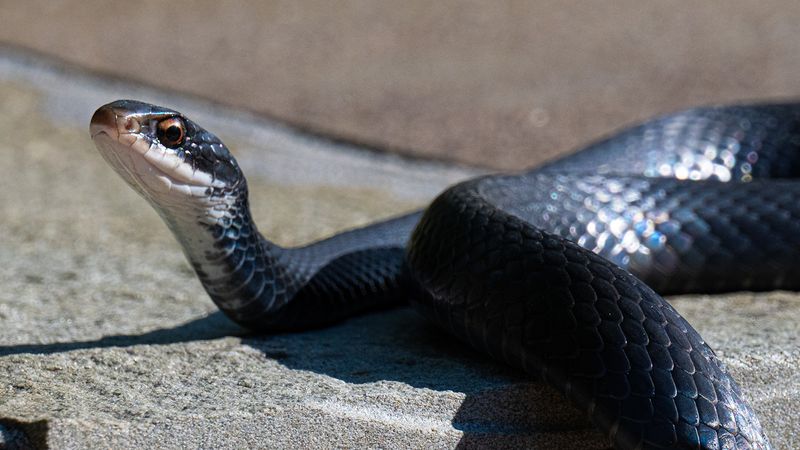
Living up to their name, these sleek serpents can zip across your lawn at surprising speeds. Adult racers typically display a uniform coloration – often solid black, blue, or gray depending on the region – with smooth scales that give them a glossy appearance.
Active daytime hunters, they chase down their prey rather than constricting or using venom. Their diet includes a wide variety of garden pests including mice, insects, and even other snakes. When cornered, they may stand their ground and bite, but they’re harmless.
12. Copperhead
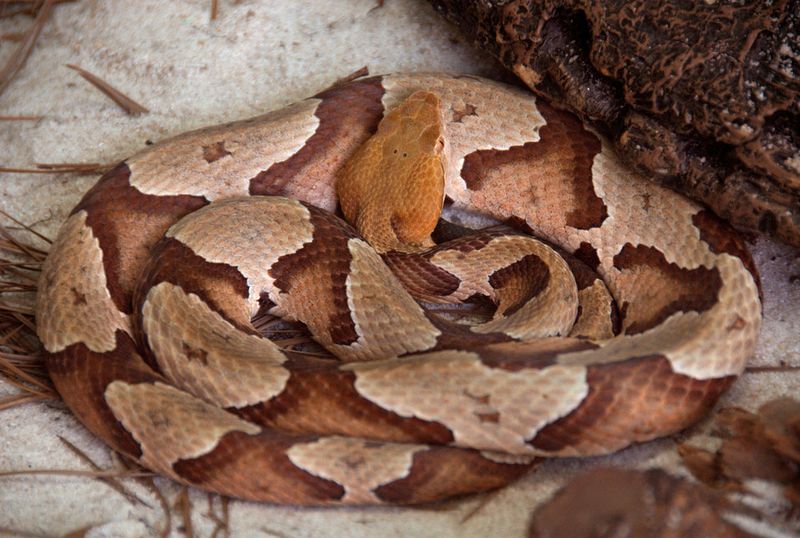
Featuring hourglass-shaped copper-brown bands across a lighter background, these venomous pit vipers are masters of camouflage among fallen leaves. Unlike most snakes on this list, copperheads are venomous and deserve respect.
Fortunately, they’re generally not aggressive unless directly threatened or stepped on. Their bites, while painful, are rarely fatal to healthy adults. Giving them space and watching your step in leaf piles and woodlands edges of your property is the best approach.


